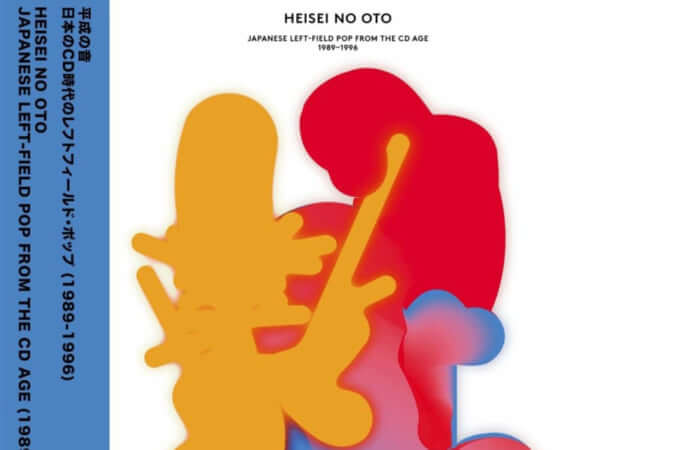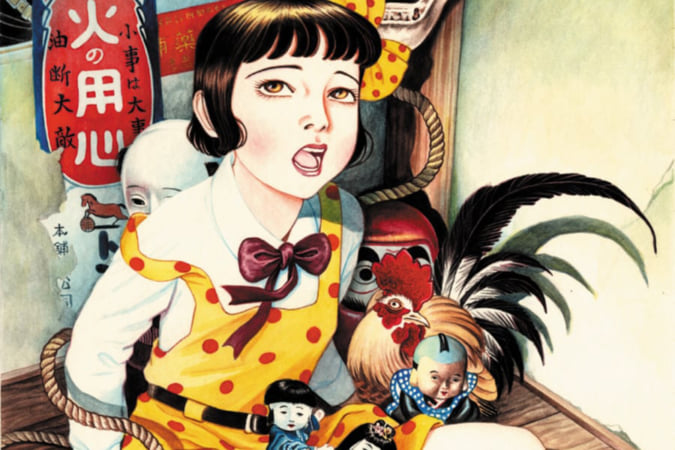The Architecture Museum That’s Entirely Dedicated to Toyo Ito
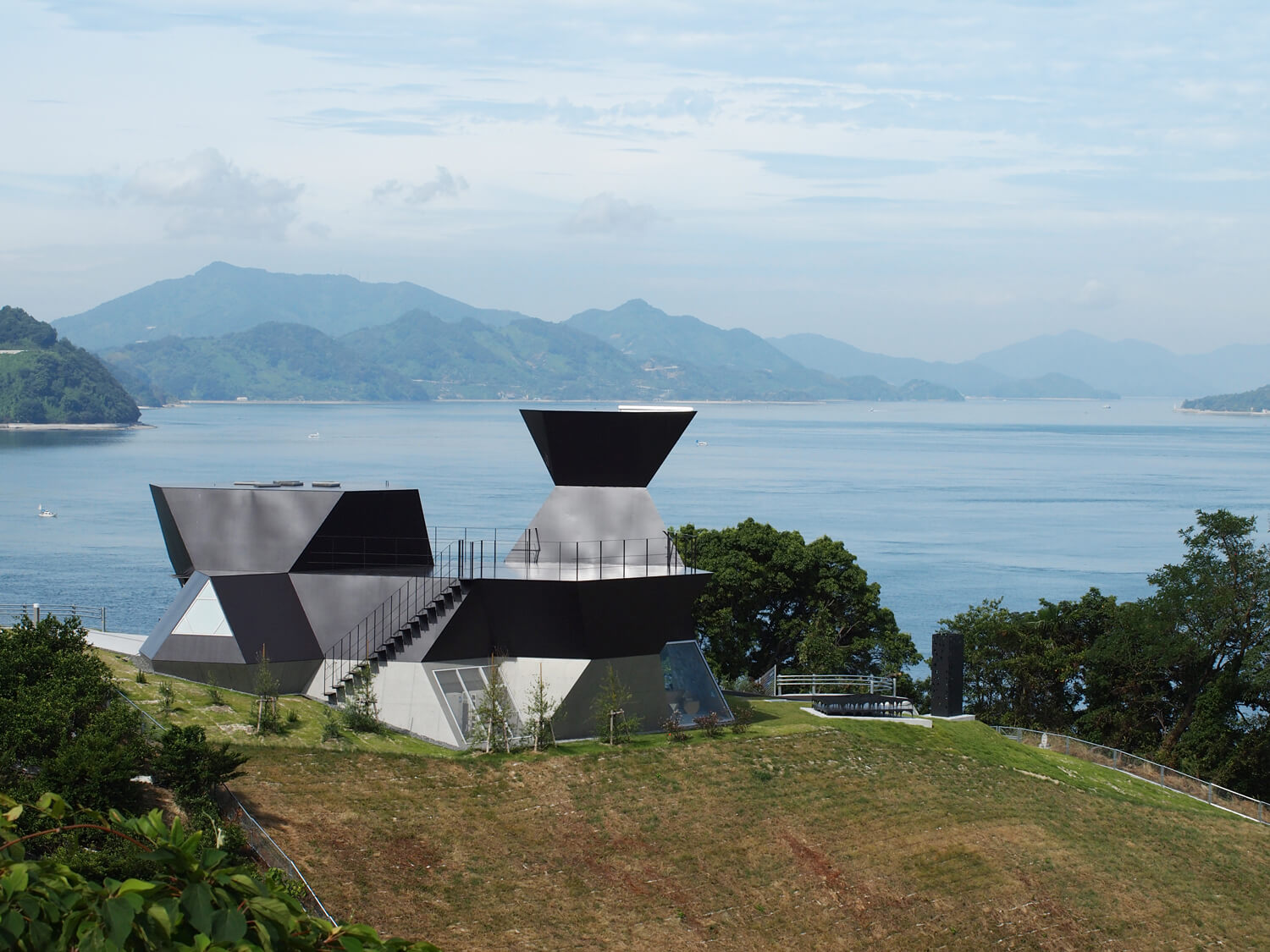
Courtesy of Toyo Ito Museum of Architecture
‘I was immediately overwhelmed by its beauty and by a mysterious power that I felt there’, declared Toyo Ito, one of the most innovative and influential architects in the world, when he discovered Omishima Island, situated in Japan’s Inland Sea. It was on this very island, amongst the mandarin groves, that the Toyo Ito Museum of Architecture was built, the first Japanese museum to be dedicated entirely to the work of one architect alone.
Having won various awards for his many conceptual and innovative architectural projects, such as the Tower of Winds in Yokohama or the Serpentine Gallery in London, Toyo Ito won the Pritzker Architecture Prize in 2013, the architectural equivalent of the Nobel prize. Recognised as one of the founding fathers of conceptual architecture, his creations maintain a balanced, harmonious relationship between the architectural structure and its environment, being careful not to detract from residents’ way of life. This philosophy can be seen in the external façade of the Toyo Ito Museum of Architecture which represents the pontoon of a ship and references the industrial heritage of the island, where shipbuilding was once a thriving industry. The sheet steel covering the museum was even produced by descendants of steelworkers from the region, to include local people in the construction of the museum and pay homage to Omishima Island’s past.
This museum dedicated to Toyo Ito opened in 2011 and is comprised of the Steel Hut, an exhibition space, and the Silver Hut, a reconstruction of Toyo Ito’s real workshop which also serves as a meeting room for workshops or conferences.
In the Steel Hut, visitors can browse Ito’s works without having to follow a strict path through the museum, and can retrace their steps if they wish. The visitor is in full control of their visit because, when they move between the rooms, the inclined walls open panoramically and adjust the exhibition space. Just next door is the Silver Hut, with metal arches and porthole windows. There is an archive space where visitors can admire 90 of Toyo Ito’s architectural drawings. But the focal point of the visit is the master’s workshop, originally located in the Tokyo suburbs, where visitors can imagine him busy at work. And, if the weather is good, the museum garden exhibits miniature models of buildings designed by the architect and found in full size all over the world.
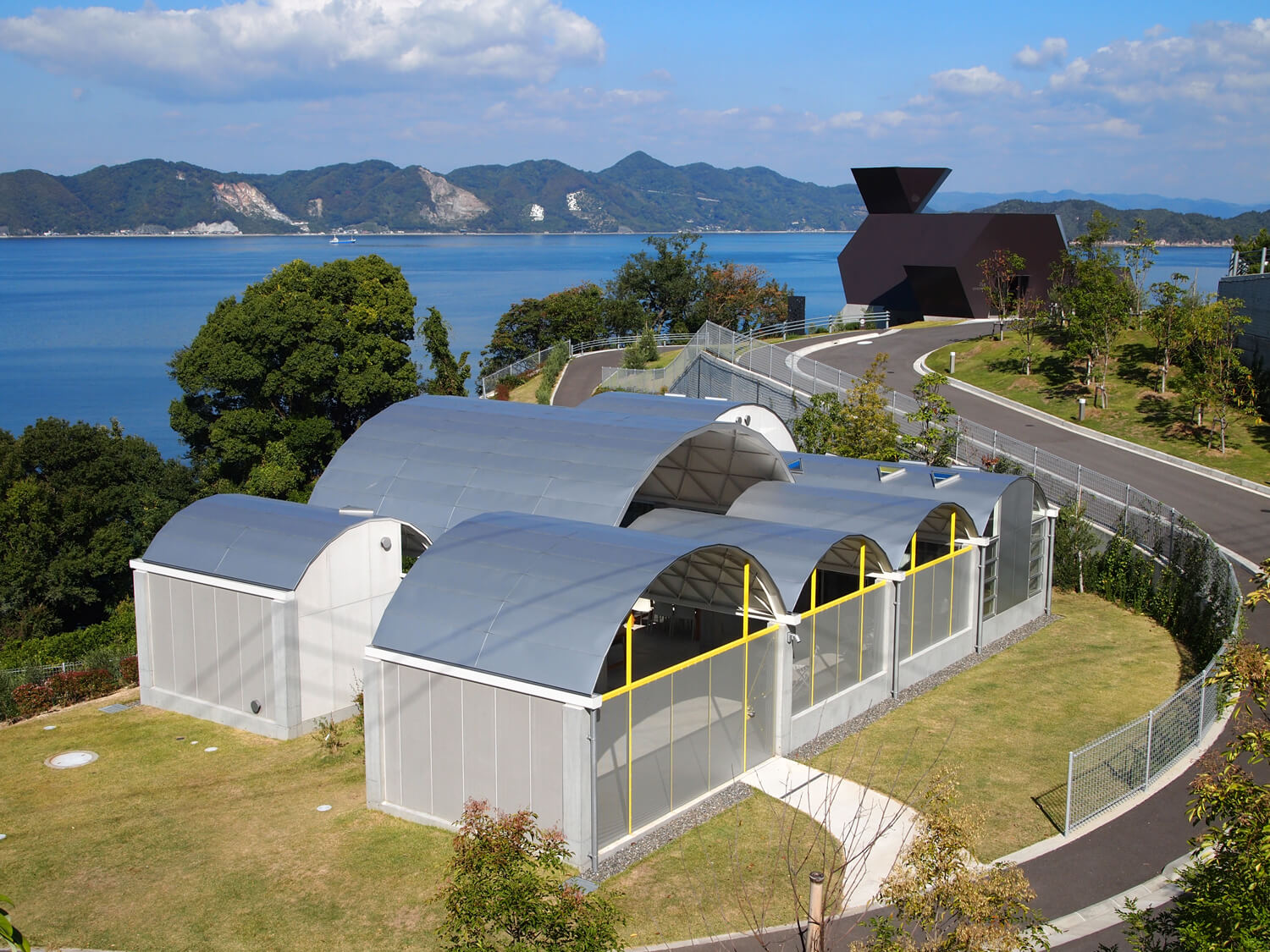
Courtesy of Toyo Ito Museum of Architecture
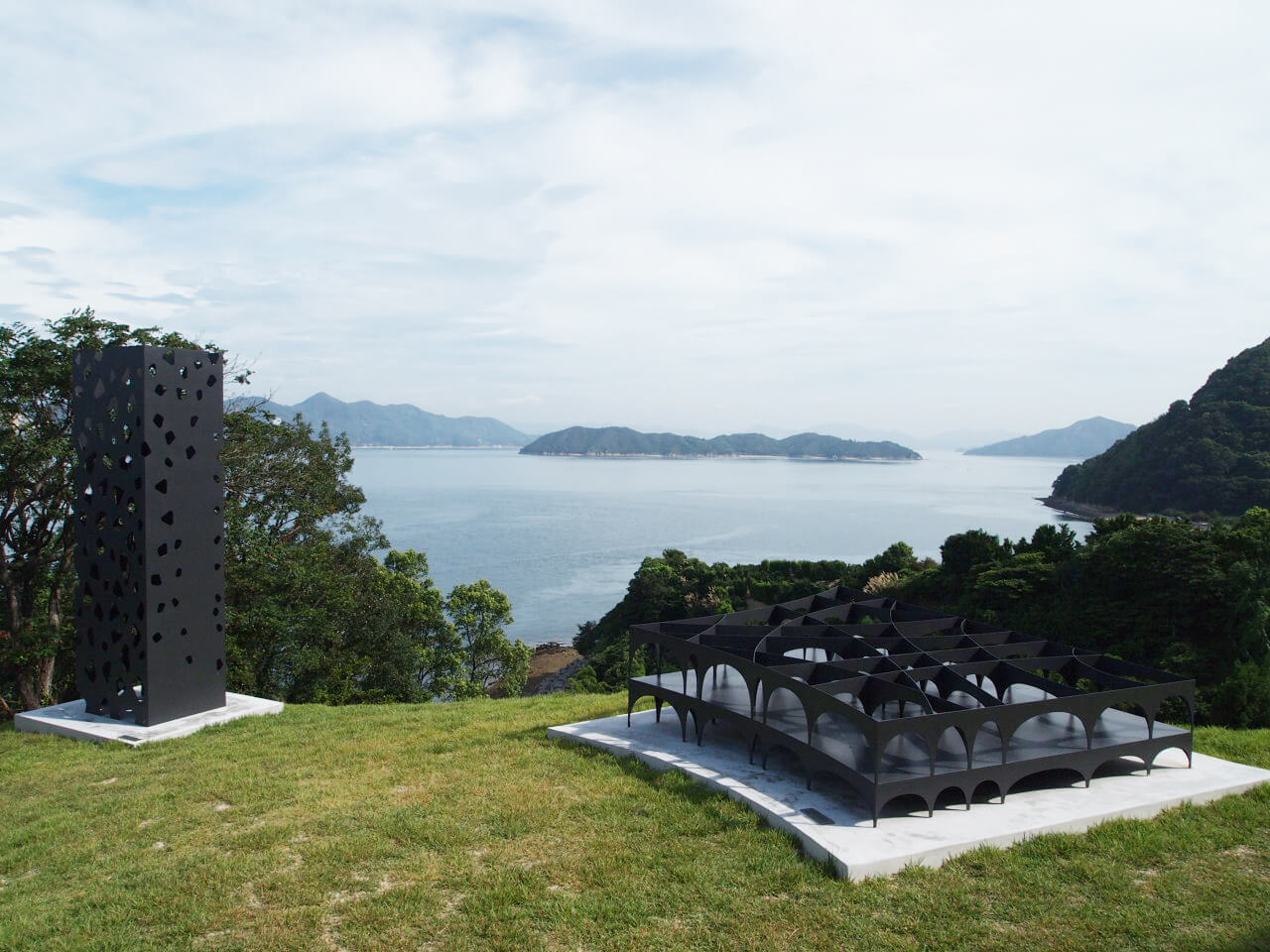
Courtesy of Toyo Ito Museum of Architecture
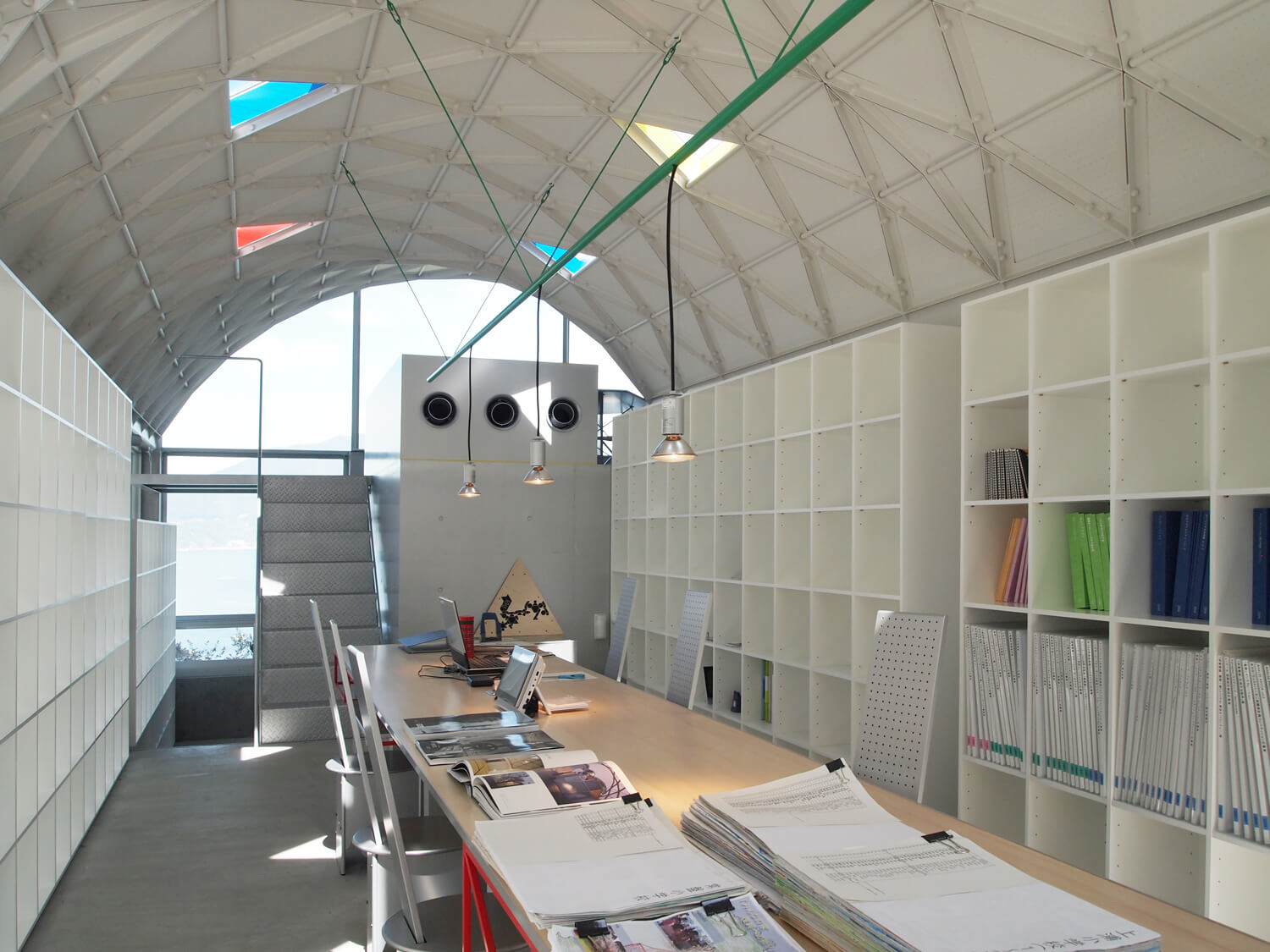
Courtesy of Toyo Ito Museum of Architecture
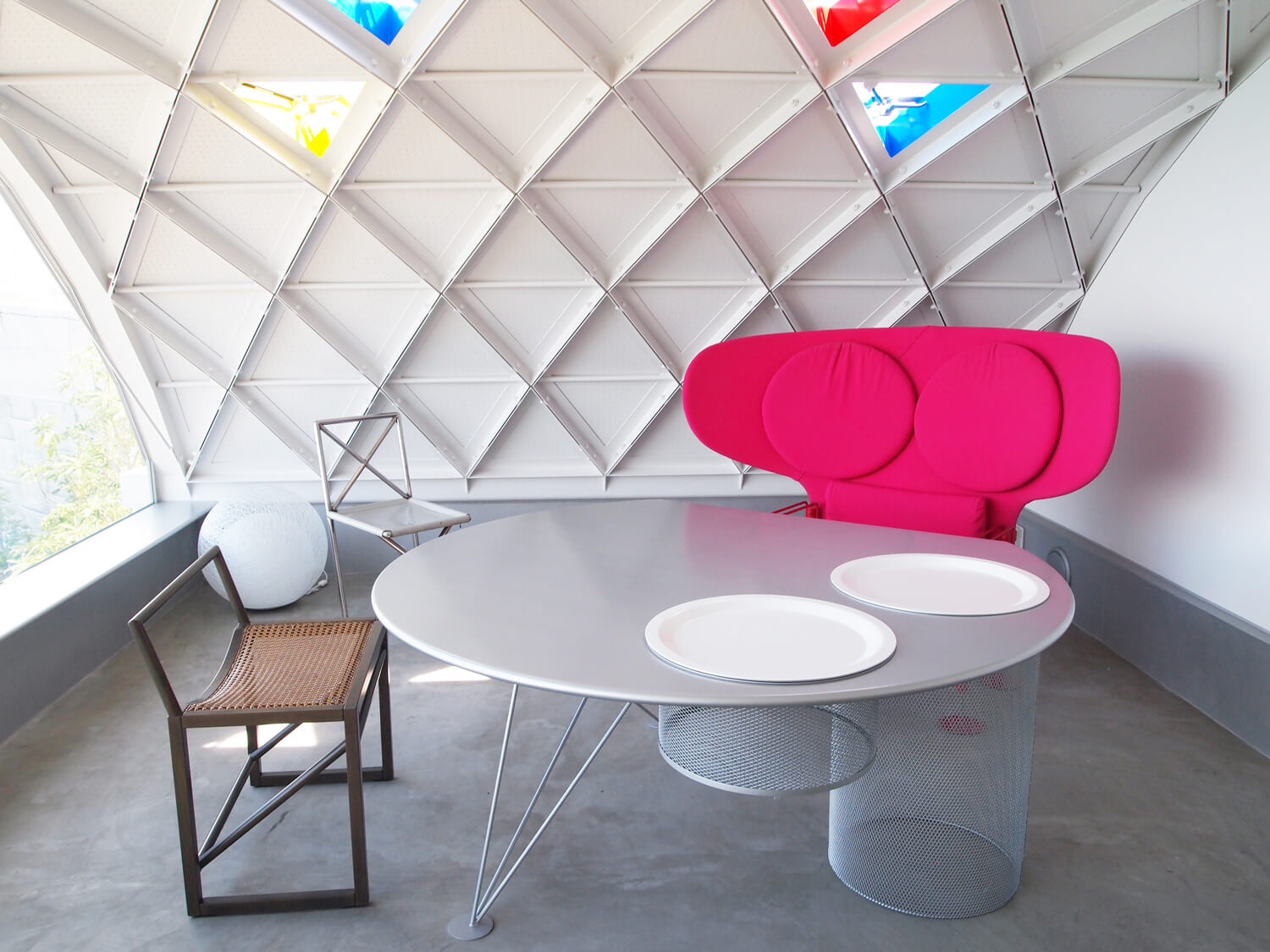
Courtesy of Toyo Ito Museum of Architecture
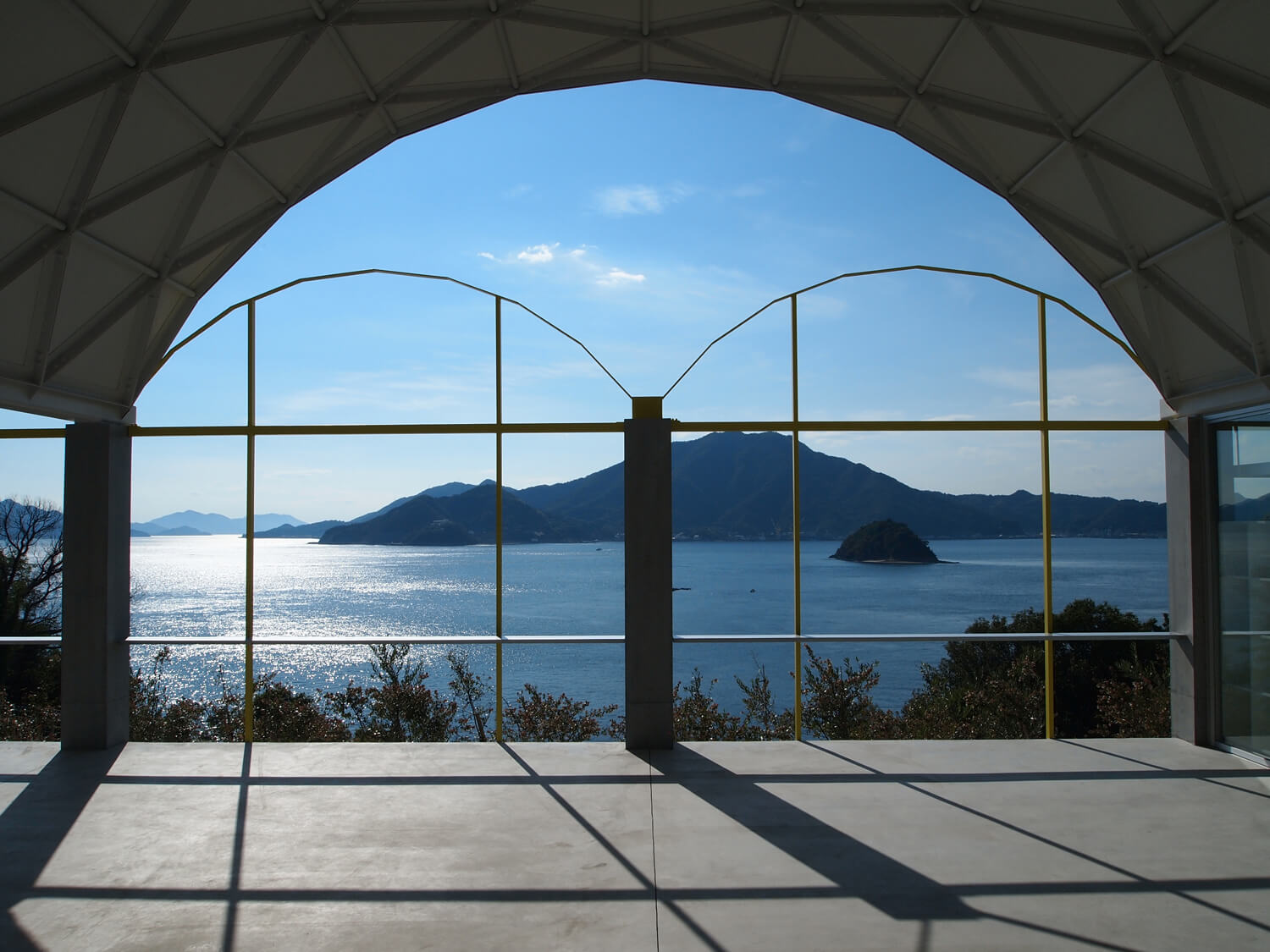
Courtesy of Toyo Ito Museum of Architecture
Toyo Ito Museum of Architecture
2418 Urado, Omishima-machi, Imabari city, Ehime prefecture
www.tima-imabari.jp/en/TRENDING
-
The Tattoos that Marked the Criminals of the Edo Period
Traditional tattoos were strong signifiers; murderers had head tattoos, while theft might result in an arm tattoo.

-
The Story of Sada Yacco, the Geisha who Bewitched Europe
Described by Dazed magazine as the first beauty influencer, she has been restored to her former glory since 2019.

-
Chiharu Shiota, Red Threads of the Soul
Last year, more than 660,000 people visited the retrospective 'Chiharu Shiota: The Soul Trembles' exhibit at the Mori Art Museum.

-
Japanese Left-field Pop From The CD Age, 1989-1996
‘Heisei No Oto’, a compilation of hidden gems in the unspoken depths of Japanese pop, reveal blissful moment of technological possibility.

-
‘Shojo Tsubaki’, A Freakshow
Underground manga artist Suehiro Maruo’s infamous masterpiece canonised a historical fascination towards the erotic-grotesque genre.




